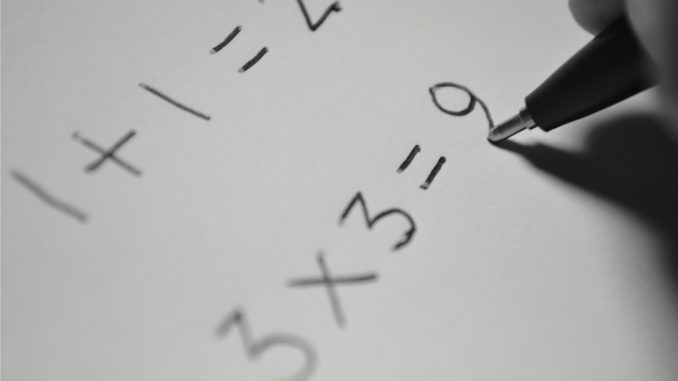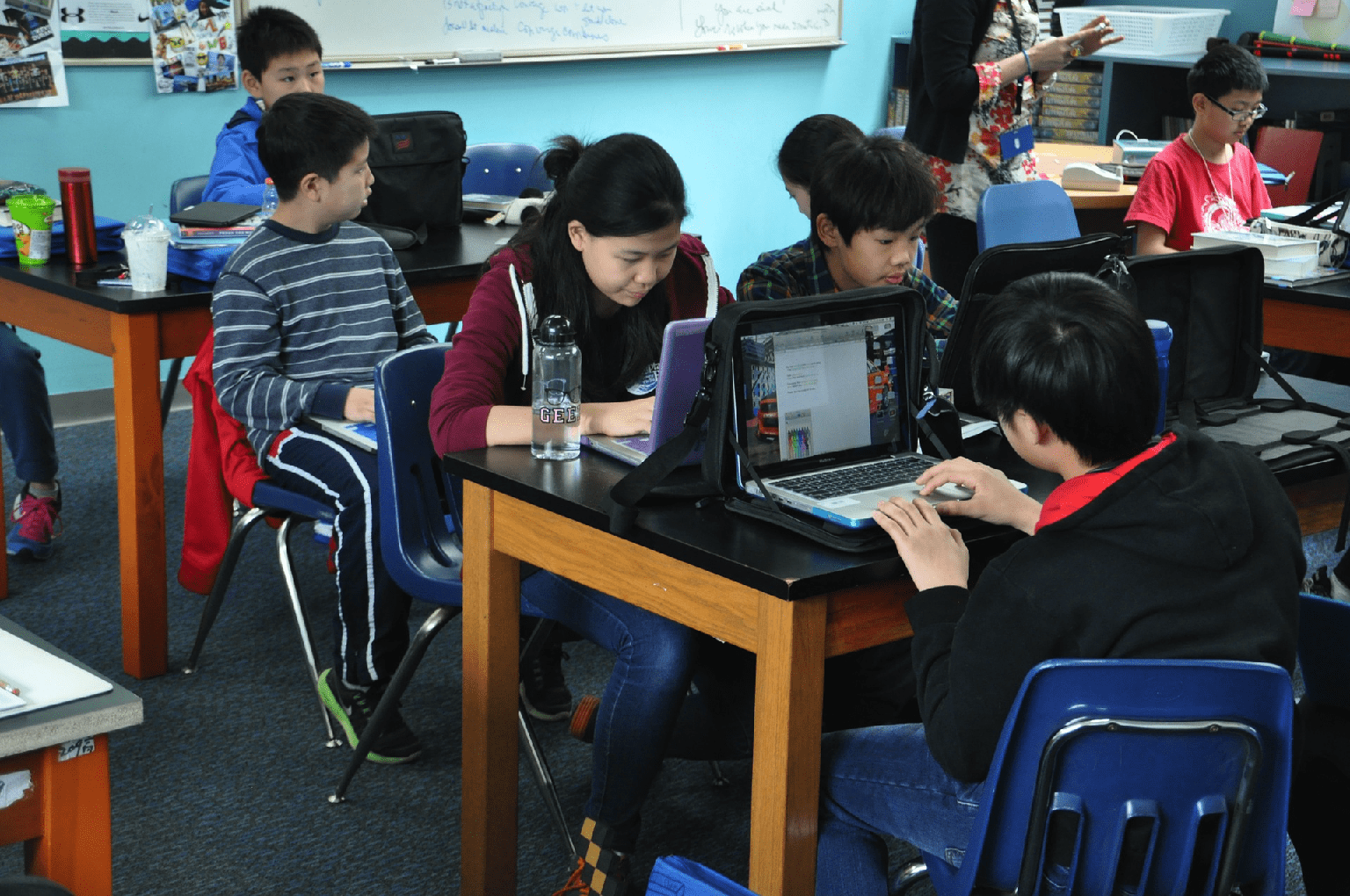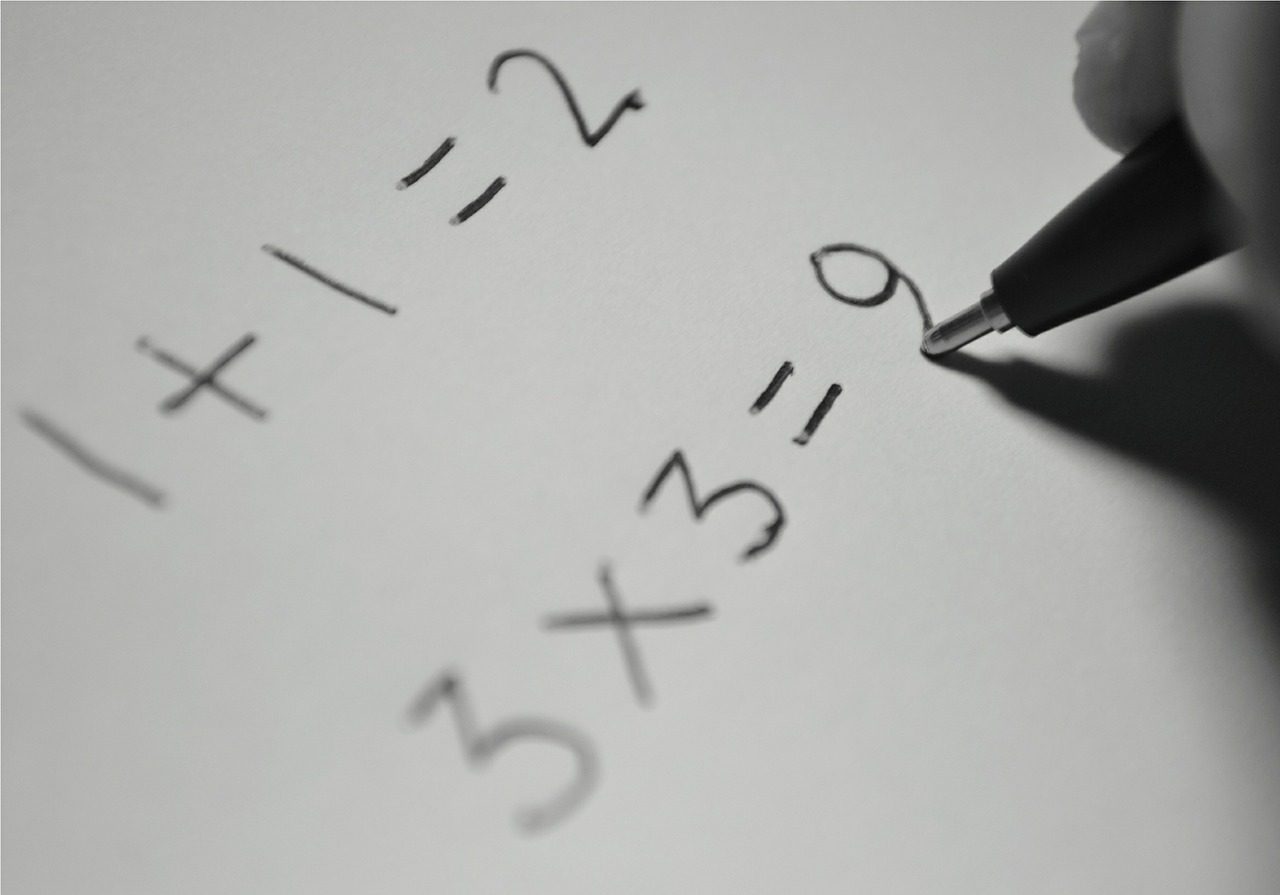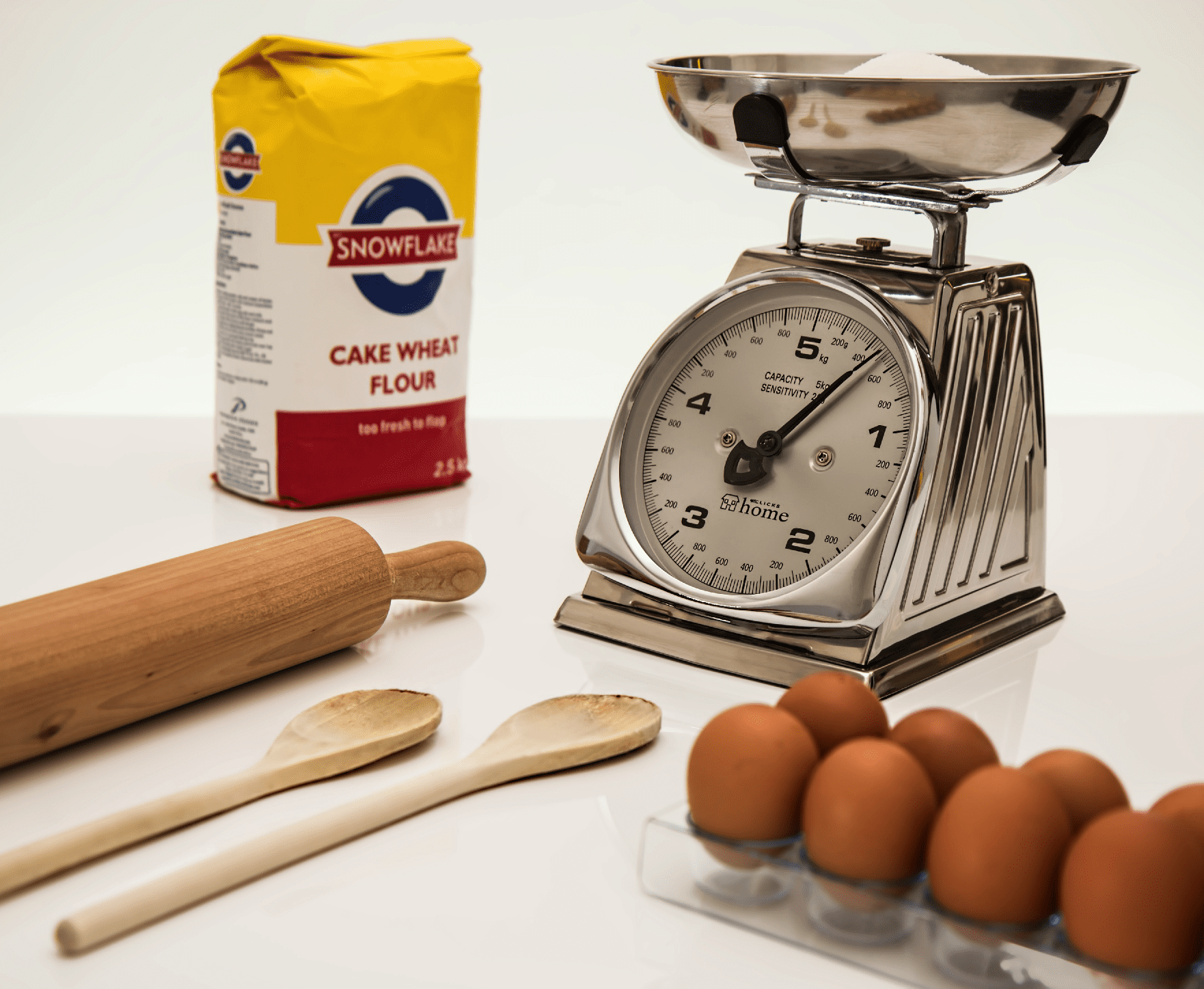
by Marcus Goh and Irah Kader
You’d expect Singapore maths to be taught only in Singapore, right? But the local teaching method has proven so successful, teachers are employing it in primary schools all over the world, even as far as South America. A UK study done last year showed that British pupils using the Singapore method saw an improvement that was “roughly equivalent to one additional month of progress over the academic year.”
Every three years, a worldwide study called Programme for International Student Assessment (PISA) compares 15-year-old students’ results in Mathematics, Science and Reading. In the last study, Singapore topped the rankings for all three categories, beating former all-category champion Shanghai.

So what’s Singapore maths?
Singapore uses the mastery approach to learning, which favours depth over breadth. It means that students must achieve a high degree of competency in a topic before moving on to the next. Topics are broken down into smaller, specific objectives, with mini-tests (called mastery tests) checking students’ understanding every step of the way.
In contrast, the mindset approach, widely adopted by the US and the UK in the last ten years, starts with exposure to broader concepts, which are then broken down into smaller steps. Students are encouraged to develop an intuitive understanding of a mathematical concept before moving on to more specific operations.

Concrete-pictorial-abstract
When you hear the phrase “Singapore maths”, it refers to a concrete-pictorial-abstract method which was developed locally to teach Maths. As its name implies, it involves three steps. When teaching a mathematical concept, the teacher will start by using physical teaching aids like number blocks. Referred to as ‘manipulatives’, these aids can also come in the form of everyday objects, such as paper clips or erasers. Students learn by physically handling these objects. For example, they can take away objects to learn subtraction.
Students then move on to the pictorial step where pictures or symbols are used to represent the objects. This is where the learning process starts to feel more familiar to parents, since it usually involves worksheets. For example, while students might be handling plates in the concrete step, they may now use pictures of plates instead.
The last step is the abstract one. Students solve maths problems without handling objects or referring to pictures, which is how we actually do maths in everyday life. After all, when you split the bill after a meal, you don’t draw pictures of coins and dollar notes — you just use numbers.
This three-step process of learning is not copyrighted or trademarked, which is why it can be implemented in other countries.

Benefits of using the concrete-pictorial-abstract method
The concrete-pictorial-abstract method caters to students of varying learning abilities, so that all can achieve the same standards.
The concrete step is especially useful for weaker students, as it helps them to understand mathematical concepts without the need to visualise objects as well.
More advanced students can draw objects and start using diagrams to solve more complex problems in the pictorial step.

The infamous “How heavy are eight $1 Singapore coins?” question
Remember the 2015’s PSLE Mathematics paper, where pupils were asked the weight of eight $1 Singapore coins? (Options were: 6 g, 60 g, 600 g and 6 kg.) There was much hoo-ha about the perceived fairness of this question, since it was not explicitly taught in the syllabus.
The question aimed to test students on their estimation abilities, one of the learning objectives for the Maths syllabus.
This is where the concrete-pictorial-abstract approach comes in. When learning about mensuration, students experiment with a weighing scale in the concrete step. While they may not have weighed coins, they would have gotten tactile experience weighing various objects, helping them to estimate the weight of eight $1 coins.
Upper primary level students may not have spent as much time using the concrete step, but would still have experienced it. So the PSLE question was indeed a fair one, based on the objectives of the syllabus.

Beyond the Singapore method, the effort
While other countries are reaping the benefits of the Singapore method, it’s unlikely that they’ll top PISA rankings soon.
That’s because one more factor has led to Singapore’s success in maths, and that’s effort.
Ask any parent about the number of Maths worksheets their children bring back from school, and you’ll know just how much practice goes into getting results. The required effort grows exponentially as students progress through primary school.
In addition, many schools take time to analyse exam results to spot problems. Students often come back for extra classes during school holidays to remedy their weakness in certain topics. A significant number of pupils are enrolled in tuition classes and workshops as well. This all amounts to a massive number of drills in maths.
So don’t worry too much about other countries catching up to Singapore with its own method… yet.
This article was also published on Yahoo’s Grade Expectations.
Grade Expectations is a weekly feature on education in Singapore. Expect fun activities, useful tips and insightful news on learning. It’s not just about your child’s grades — it’s about raising a great child!
Marcus Goh runs Write-Handed, a creative writing studio. At the same time, he teaches and writes curriculum for English and Literature for Secondary at The Keys Academy. He has been a specialist tutor for English and Literature (Secondary) since 2005.
Irah Kader has taught Mathematics in MOE schools and enrichment centres for over 10 years. She is currently the Academy Manager at Joyous Learning, where she is in charge of all things related to numbers.
If you liked the article, follow me on Facebook and Twitter for more (presumably) good updates!
To get in touch with me, send an email!
Leave a Reply